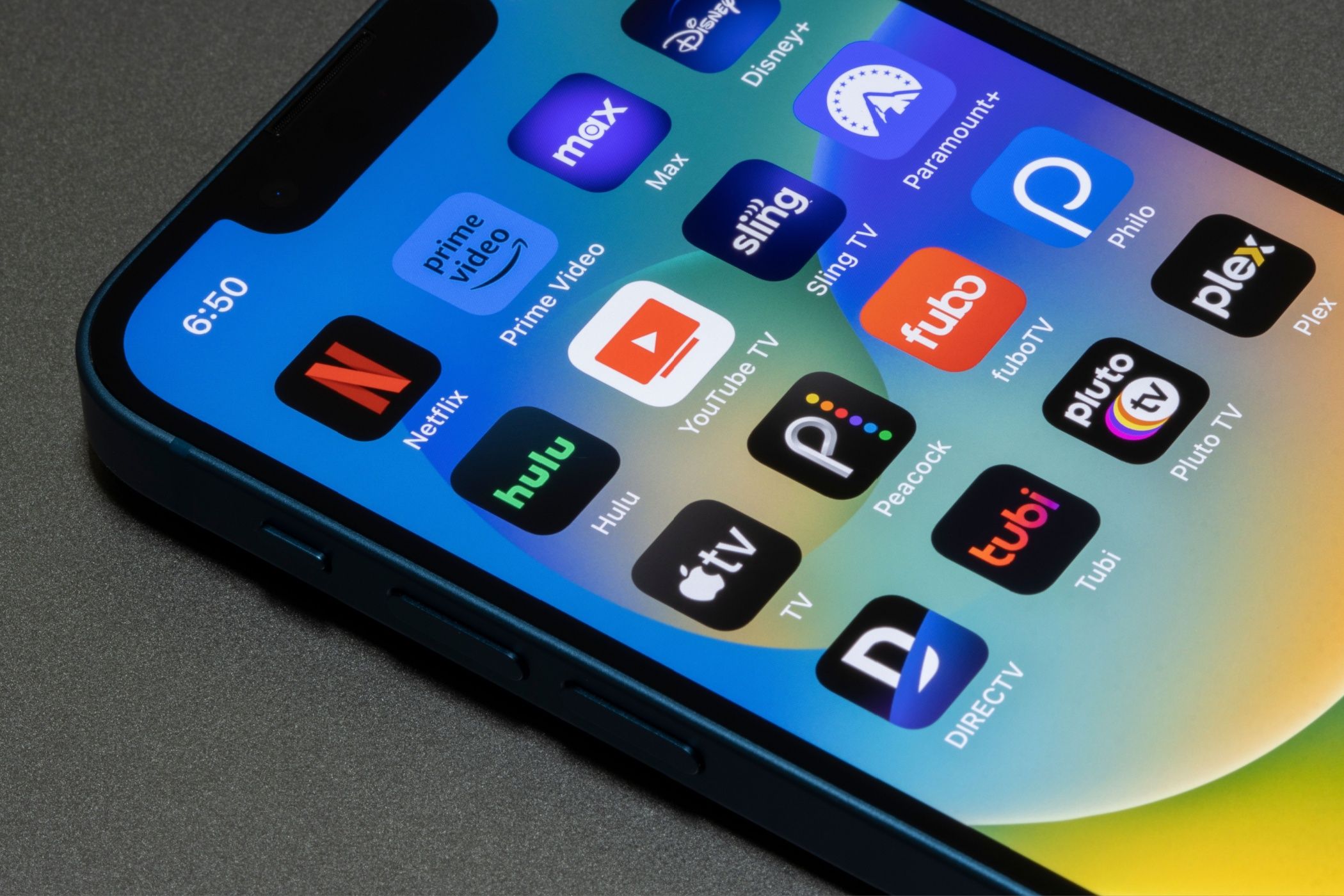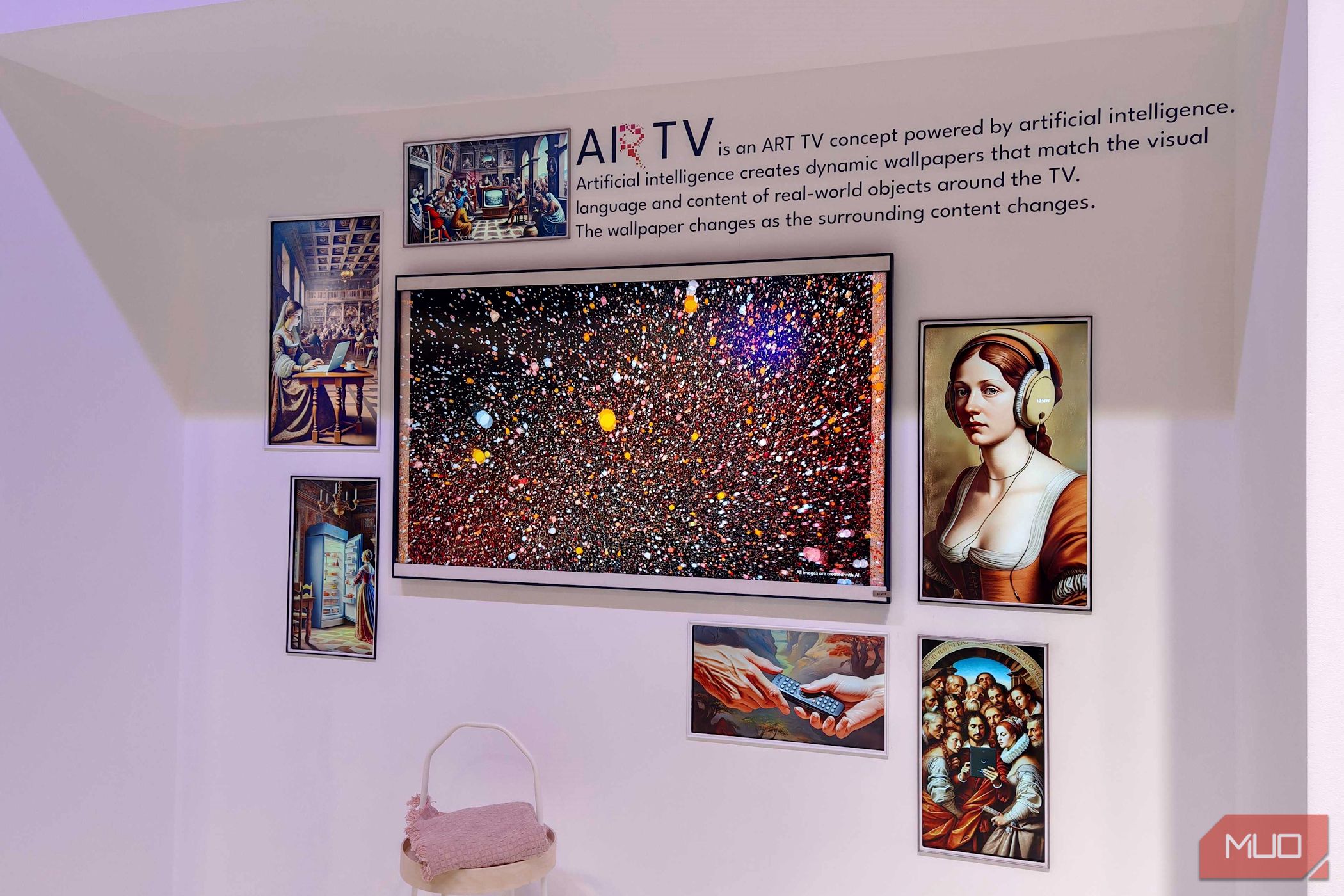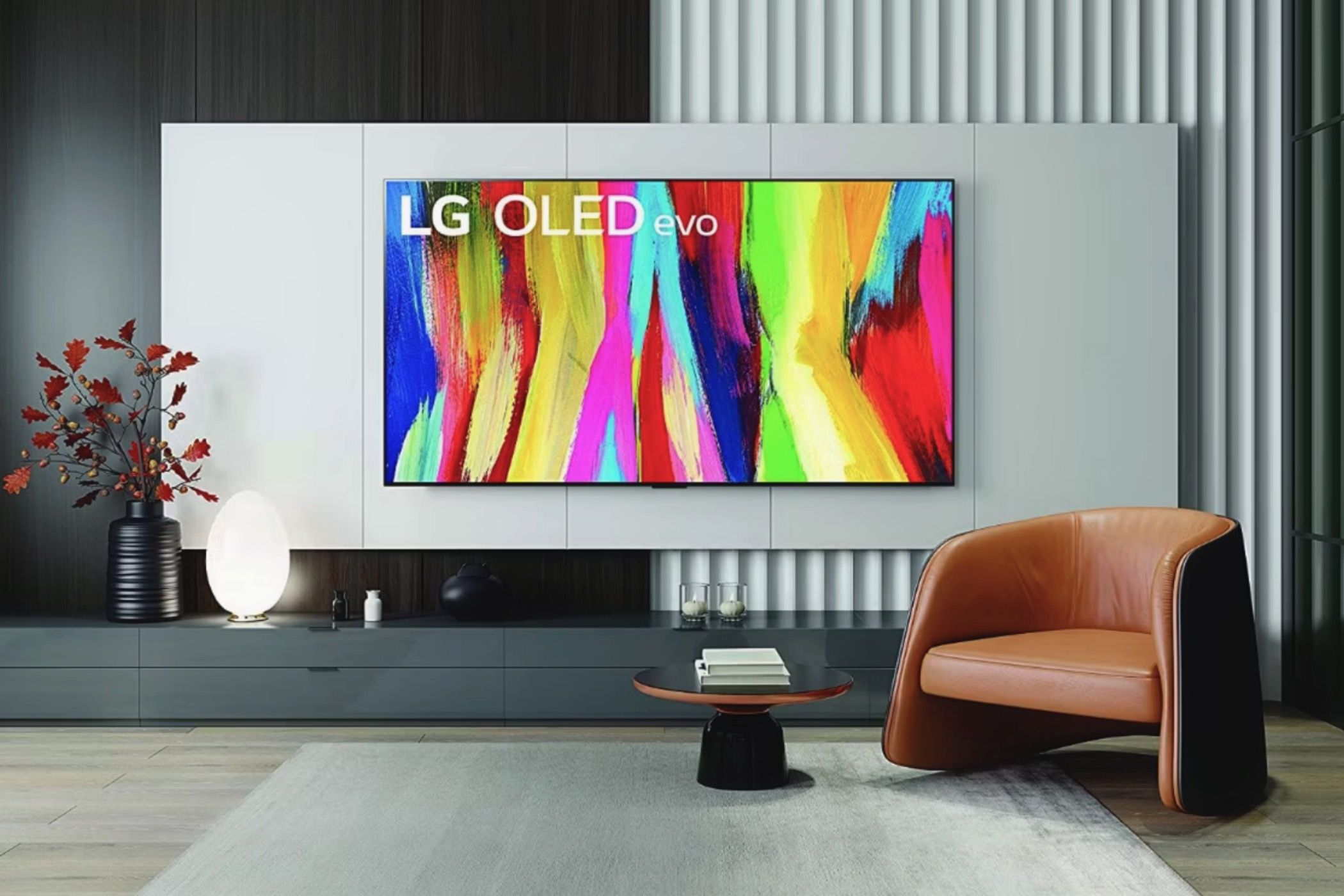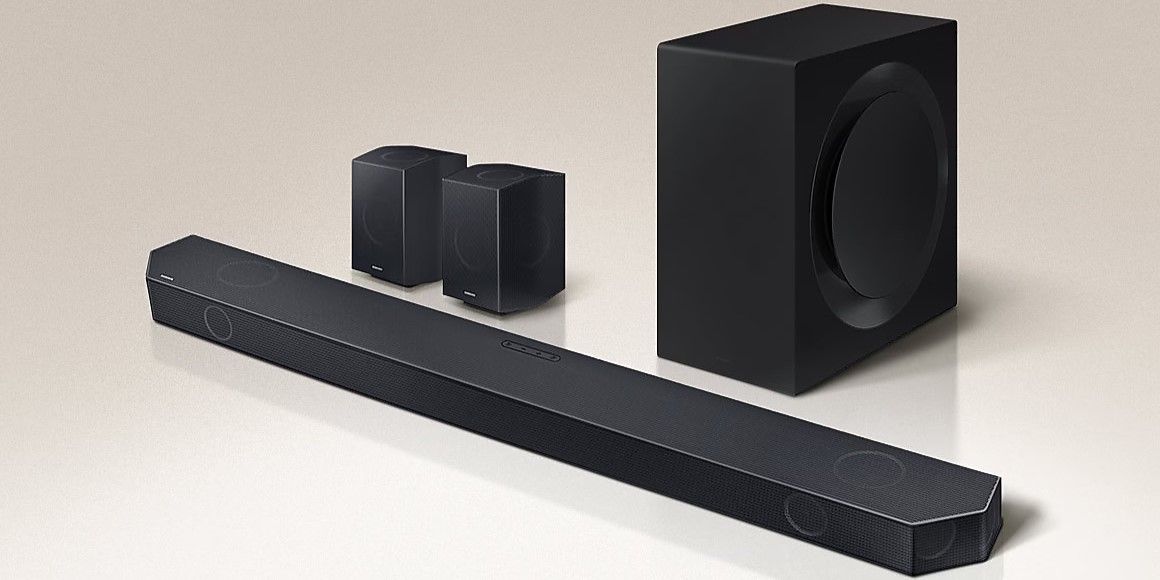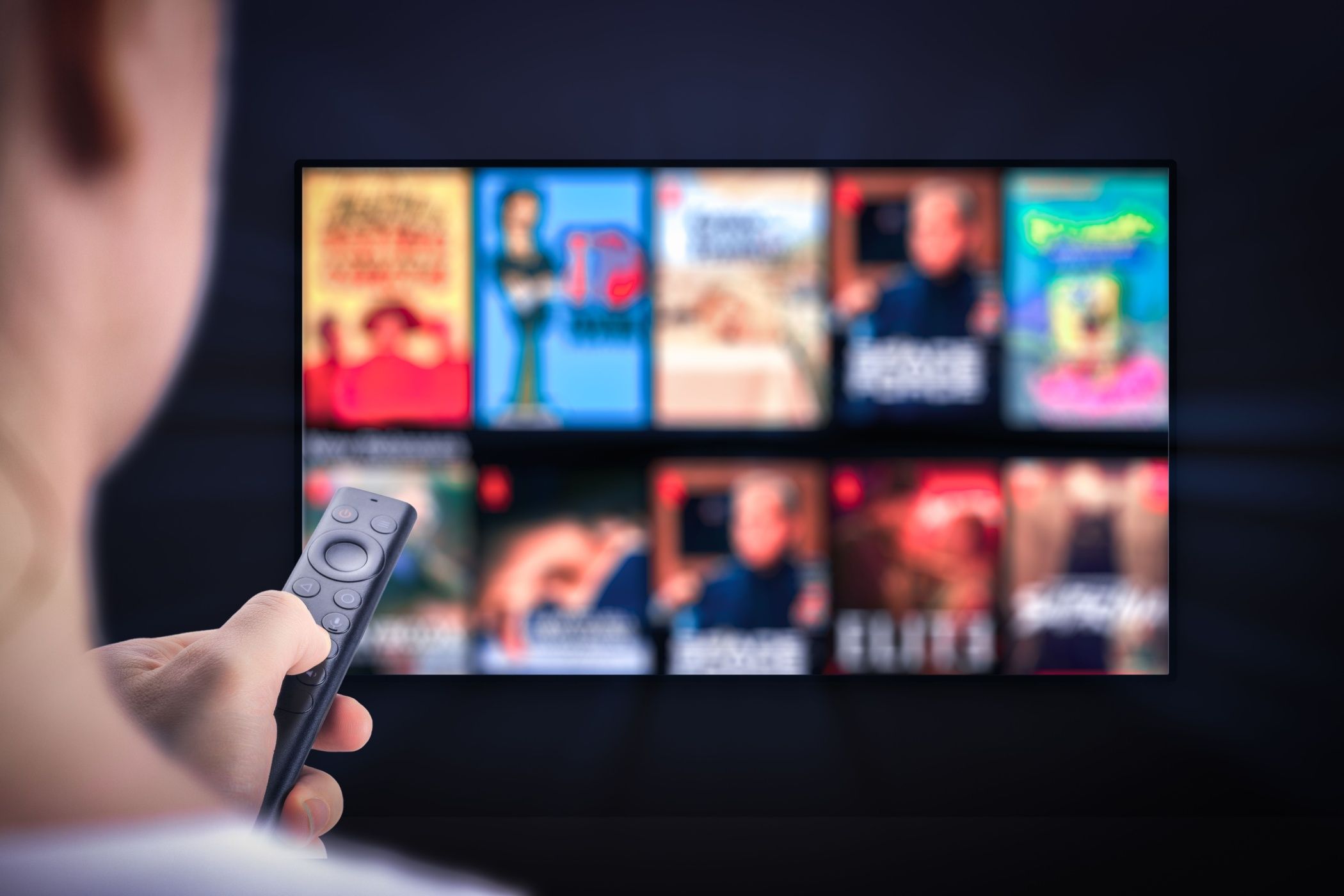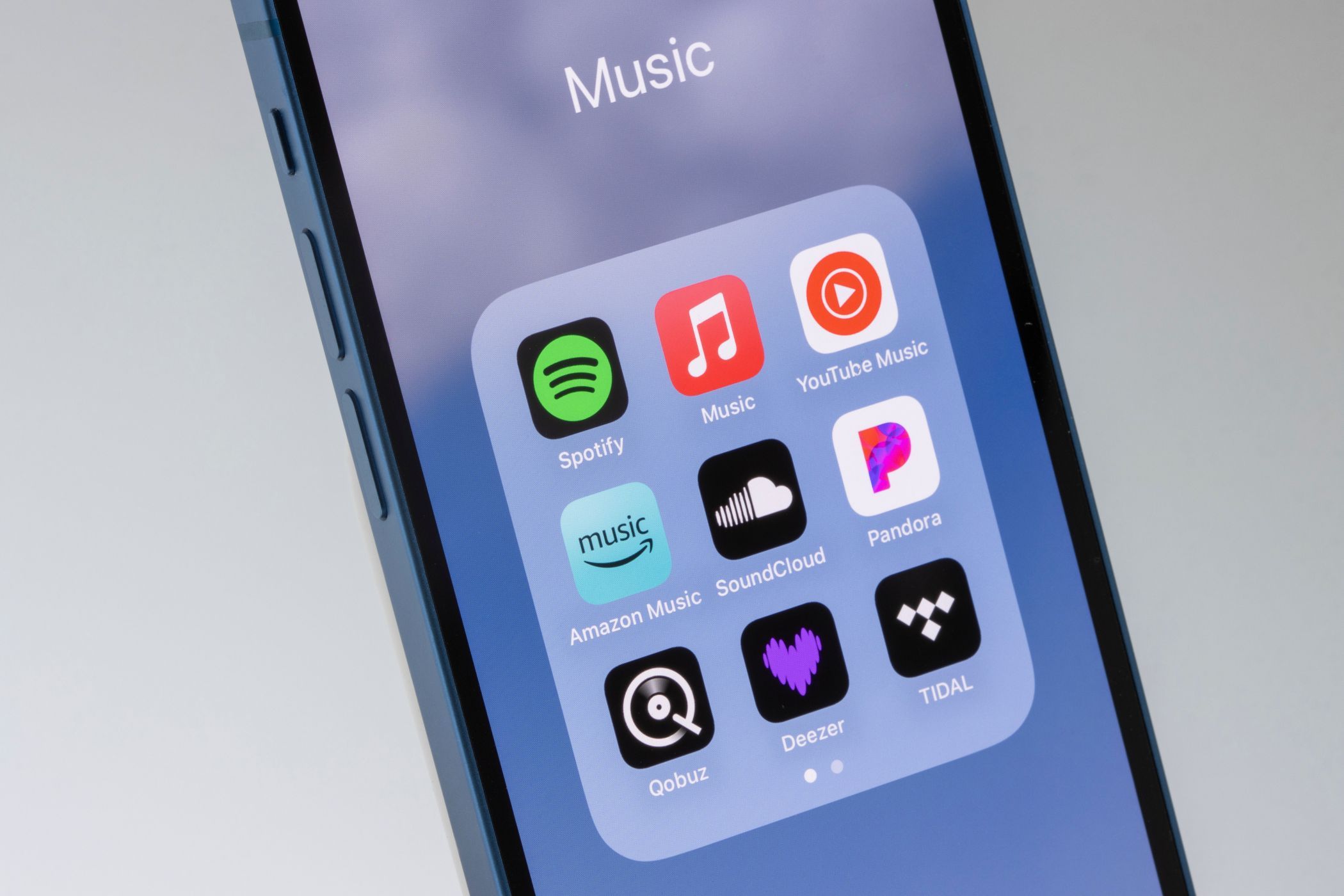Key Takeaways
- Don’t rely solely on store demos or a salesperson’s pitch; instead, familiarize yourself with key specs like operating systems and display technologies (QLED, OLED, LED) to find the right fit for your space and needs.
- Picking the wrong size or ignoring essential features like HDMI/USB ports can lead to an unsatisfactory experience, as can basing your decision purely on price.
- Modern TVs often lack powerful built-in speakers, so it’s important to budget for external speakers or a soundbar to get the full cinematic experience.
TV viewing continues to be a popular pastime, and what better way to binge on your favorite TV show or movie than on a brand-new smart TV?
But while the plethora of options and never-ending deals might make you want to bring home the first new model you see, it’s important to avoid these common pitfalls that can lead to buyer’s remorse.
1 Purchasing a TV Based on Store Demos or a Salesperson’s Pitch
Many buyers only purchase a TV after they’ve seen an in-store demo. I’ve done this, too, so I understand the reasoning. After all, seeing is believing, right? Well, it took me far too long to realize this, but buying a TV because the in-store model performs great can be a mistake—and an expensive one at that.
In-store televisions usually run a demo mode, which has altered display settings. This is why you see sharp images and over-saturated, vivid colors. Sure, these settings look impressive under the bright lights in the store, but they’re seldom what you’ll get when you order the same model.
Similarly, it’s best not to make a decision based on a salesperson’s pitch. Sure, they might sound well-informed and convincing, but they’re there to sell you a product and not watch out for your best interests. When buying a TV, do your due diligence, familiarize yourself with the key TV specs to check, and decide accordingly.
2 Buying the Wrong Size
If you want to choose the right TV for your living room or any other space in your house, pay attention to the size. If it’s too large, it can overwhelm the space and make your viewing experience uncomfortable. On the flip side, if you get a TV that’s too small, you’ll have the opposite problem; no matter what advanced technology it boasts, the display will feel underwhelming, and you’ll be straining your eyes to catch the details.
To get the right TV size, consider your viewing distance (i.e., the distance between where you sit and the screen). A good rule of thumb is maintaining a viewing distance between 1.2 and 1.6 times the screen’s diagonal measurement. So, if you have a viewing distance of 10 feet, opt for a TV with a 65” or 75” display.
3 Forgetting to Check the TV’s Operating System
Just like your phone runs on either the iOS or Android operating system, your smart TV also has an operating system. Samsung TVs, for instance, run on Tizen, a Linux-based operating system. If you own a Samsung phone, you’ll find that integration between your phone and TV is particularly seamless.
For instance, you can use Bixby’s voice commands to control your TV as you would your phone and Auto Hotspot to connect your TV to the internet without manually setting anything up. Similarly, other ecosystems like Google’s Android TV or LG’s webOS offer unique features and benefits. Be sure to consider your familiarity with a TV’s OS before buying.
4 Not Considering the Display Technology and Connectivity Options
When you start looking at smart TVs, you’ll notice manufacturers using various abbreviations, including QLED, OLED, and LED, to refer to the display technology.
It might seem confusing, but these abbreviations matter and can make a massive difference to the picture quality you get. And the truth is that some displays are better than others for certain settings.
For instance, if you’re looking for a smart TV to place in a well-lit room, you’re best off going with a QLED TV that has a bright display. But, say, you’re setting up a home theater, and you can control the light in the room, it’s worth buying an OLED TV for an immersive experience. An OLED won’t work in a well-lit room because the display is simply not that bright, so even if you splurge on an expensive model, you’ll be disappointed with the results if you place it in a space that gets tons of natural light.
On the other hand, if you’re looking for a budget-friendly smart TV for an additional room, like the bedroom, an LED TV might be your best bet since it offers decent picture quality but is available in a range of budgets. While shopping, you’ll also want to ensure your smart TV has enough HDMI and USB ports, so you can connect essential devices to it. HDMI ports can help you connect gaming devices, a laptop, and sound systems, while USB ports can connect to external storage devices.
5 Focusing Solely on the Price
Smart TVs vary widely in price. From entry-level LED TVs that cost a couple of hundred dollars to the best-in-class OLEDs that cost upwards of $2,500, there’s a wide range of options to choose from. But don’t make the mistake of making a decision solely based on the price of the television.
A TV with an expensive price tag doesn’t always guarantee the best visuals or sound quality. On the flip side, going with the cheapest option may seem like a smart move at first, but the lower picture quality and limited features might make you spring for a new model in just a few years. So, balance your budget with your current needs and familiarize yourself with the features and terms you should know to make an informed decision.
6 Not Budgeting for External Speakers
Ever wondered why modern TVs sound awful? It’s no secret that televisions have gotten thinner over time. While this is excellent for aesthetics, it’s not great for sound. The slim design leaves little room for powerful speakers, so manufacturers must use smaller, less capable speakers in their models.
So, even smart TVs with amazing displays can have lackluster audio, so I recommend leaving some room in your budget for external speakers or, at the very least, a soundbar that you connect to your TV. Of course, if you’re just looking for a basic television for your bedroom, you can get away with not buying external speakers.
But if you’re looking for your primary TV to be the centerpiece of the living room, make sure to budget for external speakers as well so you don’t miss out on the cinematic experience your television can deliver. Remember that even the best television can feel underwhelming unless paired with good audio.
Buying a smart TV involves more than just picking up a device with the largest screen or the most stunning in-store display. Avoid making these mistakes to ensure you get the most bang for your buck and don’t end up regretting your purchase.


